Bookbinding hot melt glue
Bookbinding hot melt glue is a specialized adhesive designed for binding printed materials such as books, magazines, manuals, and catalogs. Composed primarily of ethylene-vinyl acetate (EVA) or polyurethane reactive (PUR) polymers, these adhesives offer rapid curing, strong bonding, and compatibility with diverse substrates like coated paper, offset paper, and synthetic materials23. Unlike traditional cold glues, hot melt adhesives are applied in molten form (typically between 250°F and 350°F) and solidify within seconds, enabling high-speed production workflows in commercial printing and publishing industries.
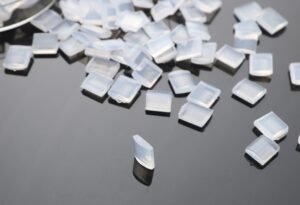
Technical Specifications and Performance
Core Properties
- Viscosity: Ranges from 3,300 to 12,000 centipoise (cps) at application temperatures, ensuring optimal flow for spray, roll, or extrusion methods.
- Softening Point: 85°C–95°C for EVA-based glues; PUR adhesives often exceed 120°C for enhanced heat resistance.
- Open Time: Adjustable between 2–25 seconds to match machine speeds (e.g., 10–12 seconds for high-speed perfect binding).
- Color Options: Milky white, transparent, or amber variants to meet aesthetic requirements.
Specialized Formulations
- Low-Temperature Glues: Operate at 250°F–275°F, ideal for heat-sensitive materials like thin-coated stocks.
- PUR Adhesives: React with moisture to form unbreakable bonds, offering superior flexibility and lay-flat performance for thick art books.
- Eco-Friendly Variants: Certified for recyclability, reducing carbon footprints by 30.78% through improved separation during paper recycling.
Advantages Over Traditional Bookbinding hot melt glue
- Speed and Efficiency
- EVA hot melts cure in seconds, enabling production speeds of up to 22m/min, compared to 24-hour curing times for PVA glues.
- Reduced equipment downtime due to minimal stringing and carbon buildup.
- Durability
- Withstands extreme temperatures (-20°C to 120°C) and humidity (90% RH), preventing page delamination in tropical climates.
- High peel strength (≥8 N/mm²) ensures books survive repeated use without spine cracking.
- Cost-Effectiveness
- Bulk pricing options (e.g., 139–469 per 40–50 lb box) lower per-unit costs for large-scale operations.
- Extended pot life (96+ hours at 350°F) minimizes material waste.
- Sustainability
- Recyclable formulations align with global initiatives like Tex Year’s Green Platform Strategy, which emphasizes bio-based and low-carbon adhesives.
Applications Across Industries
Publishing and Printing
- Perfect Binding: Dominates paperback production with fast-setting EVA glues (e.g., Tecbond 2036), achieving 10,000+ books/hour.
- Lay-Flat Binding: PUR adhesives enable 180° page spreads for art albums and cookbooks.
- Magazines and Catalogs: Low-viscosity glues (5,000 cps) ensure smooth application on glossy stocks.
Custom and Niche Markets
- Comic Books: Flexible, non-yellowing adhesives preserve vibrant graphics.
- Textbooks: High-tack formulas withstand frequent handling without page loss.
- Automotive Manuals: Heat-resistant glues (120°C+) meet TS16949 standards for durability.
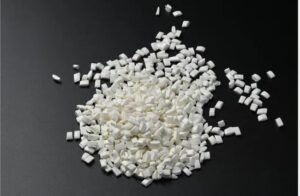
Environmental and Regulatory Compliance
- Certifications: REACH, ISO 14001, and DIN compostability marks ensure adherence to EU and U.S. standards.
- Recycling Innovations: Japanese-certified “friendly recycling” glues separate cleanly during pulping, improving paper reuse rates.
- Carbon Reduction: Low-density formulas cut material usage by 30% while maintaining bond strength.
Frequently Asked Questions
Q: Can hot melt glue be reused?
A: Yes—reheating to 150°C softens cured adhesive for residue-free adjustments.
Q: How does PUR differ from EVA?
A: PUR reacts with moisture for unbreakable bonds but requires 24–48 hours to fully cure.
Q: What glue suits humid climates?
A: Anti-humidity EVA variants maintain 95% strength in 90% RH environments.



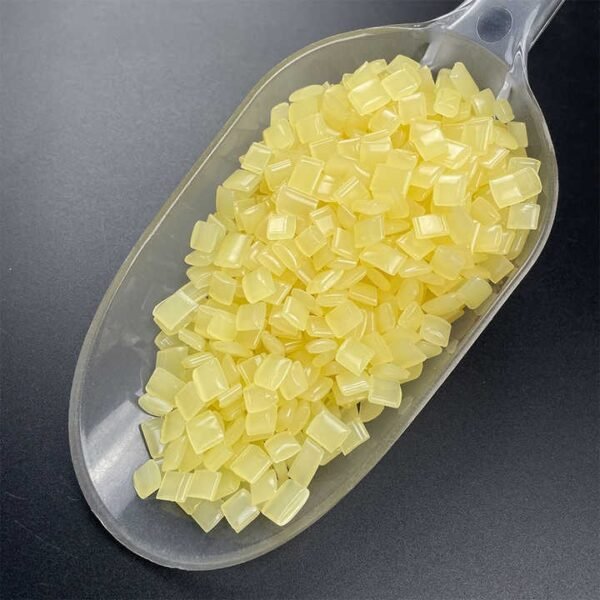
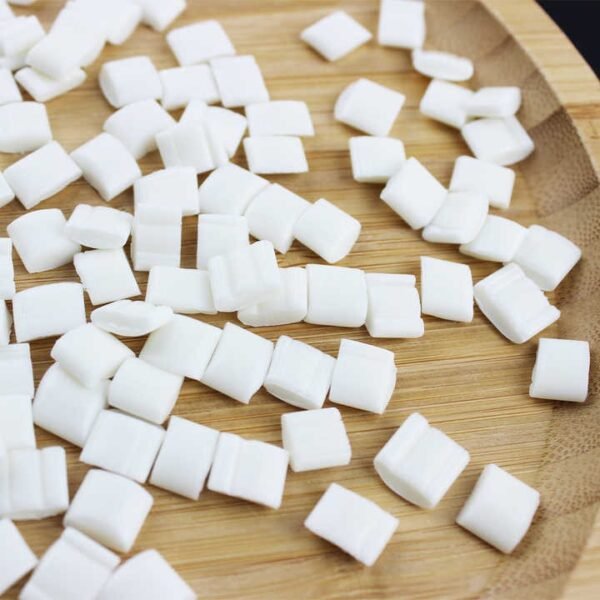





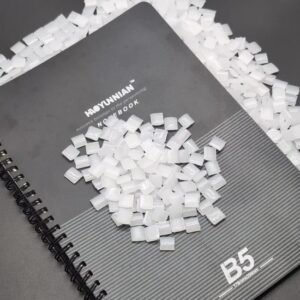


Reviews
There are no reviews yet.